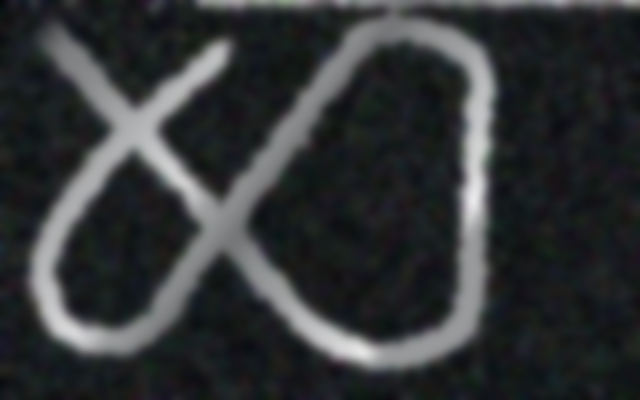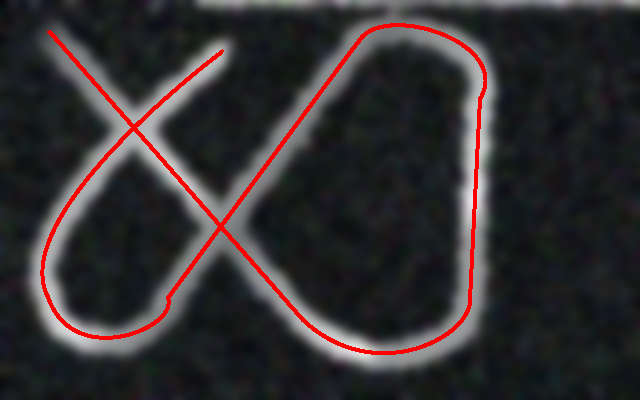Detecting thick edges
How can I detect thick edges in an image, without detecting double edges?
How can I get from this

as close as possible to this:

I realise why Canny, Sobel or Laplace will not work in this case. They will all find two edges, from black to white, and from white to black. If I only want to get one central edge, is there another approach I can use?


